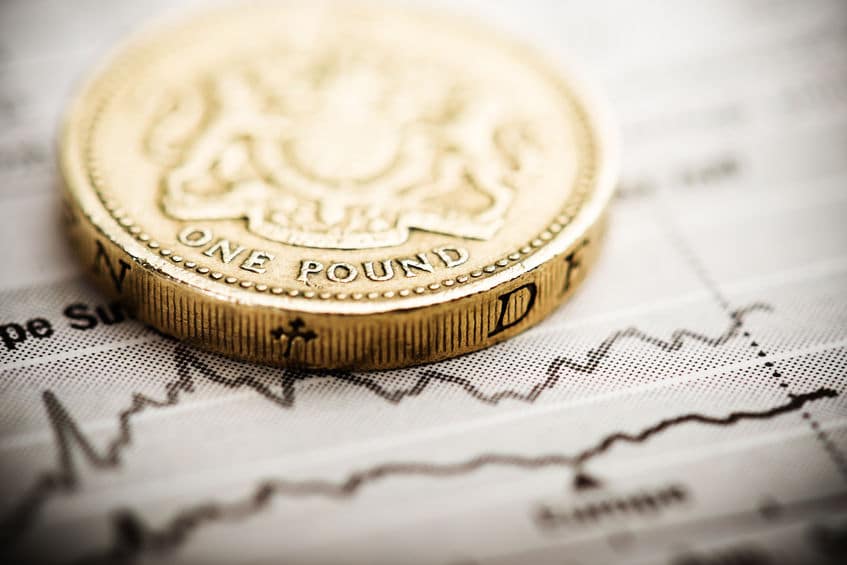Pound Struggles Amid BoE Rate Cut Fears, Euro and Dollar Steady as Global Rate Cuts Loom

GBP
The Pound is under selling pressure as markets anticipate a potential 50 basis point interest rate cut from the Bank of England. In an interview, Governor Andrew Bailey hinted at a faster pace of rate cuts, marking a shift from his previously cautious approach. Bailey suggested the BoE could be “a bit more aggressive” if inflation data remains favourable, causing the market to fully price in a rate cut for November and raising the likelihood of another cut in December.
This pivot has hit Sterling hard, with the Pound slipping against major currencies. The GBP/EUR exchange rate is down to 1.1885 (-1.03%), while GBP/USD has dropped 1.10% to 1.3116. Analysts note this has been a challenging week for the Pound, as the central banks shift in tone weakens its yield advantage compared to the US and Europe.
Bailey’s comments follow moves from other central banks, such as the ECB and the Federal Reserve, who are also cutting rates. His change in stance suggests the Bank of England may not want to fall behind in the global race to ease monetary policy.
No significant data coming out of the UK for the remainder of the week.
EUR
The ECB is edging closer to a rate cut in October, with even previously hawkish members like Isabel Schnabel acknowledging the challenges to growth. With progress on disinflation and weaker-than-expected CPI figures, it seems likely that further cuts will be accepted.
The 2-year EUR swap rates have fallen by 40 basis points since September, with 50 bps of easing expected by the end of the year. A rate cut in October is now fully priced in, which has reduced the euro’s support from short-term rates. The EUR/USD 2-year swap rate gap at -110 bps suggests a potential dip below 1.100.
No significant data or ECB speeches are expected today, but unless US data weakens or oil prices drop, EUR/USD could test the 1.1000 level before US payrolls are released.
USD
Investors remain on edge over the volatile Middle East situation. The US is reportedly trying to prevent strikes on Iranian nuclear sites, which could further escalate tensions.
The Dollar remains strong, though yesterday’s moves were driven by US macro data. Strong ADP employment figures pushed the USD 2-year swap rate up to 3.40%, 13 bps higher than last week. Despite pricing in a 50 bps rate cut by year-end, the Fed’s less dovish tone suggests upside risks for the dollar. Fed Chair Powell’s recent remarks have raised the bar for any dollar-negative reaction to upcoming US data.
Today, ISM services and jobless claims will be in focus. A dip in ISM below 51.0 or a rise in jobless claims to 230k could trigger a USD correction. However, unless tensions in the Middle East ease or oil prices drop, the dollar could maintain its momentum ahead of tomorrow’s payrolls. Also on the radar are durable goods orders and speeches from hawkish Fed members Schmid and Kashkari.
We specialise in helping businesses and individuals mitigate foreign exchange risks by providing insights, guidance and tailored strategies. If you have upcoming currency requirements and want to have a conversation about how we can help you, contact one of our consultants on 020 3876 5432.